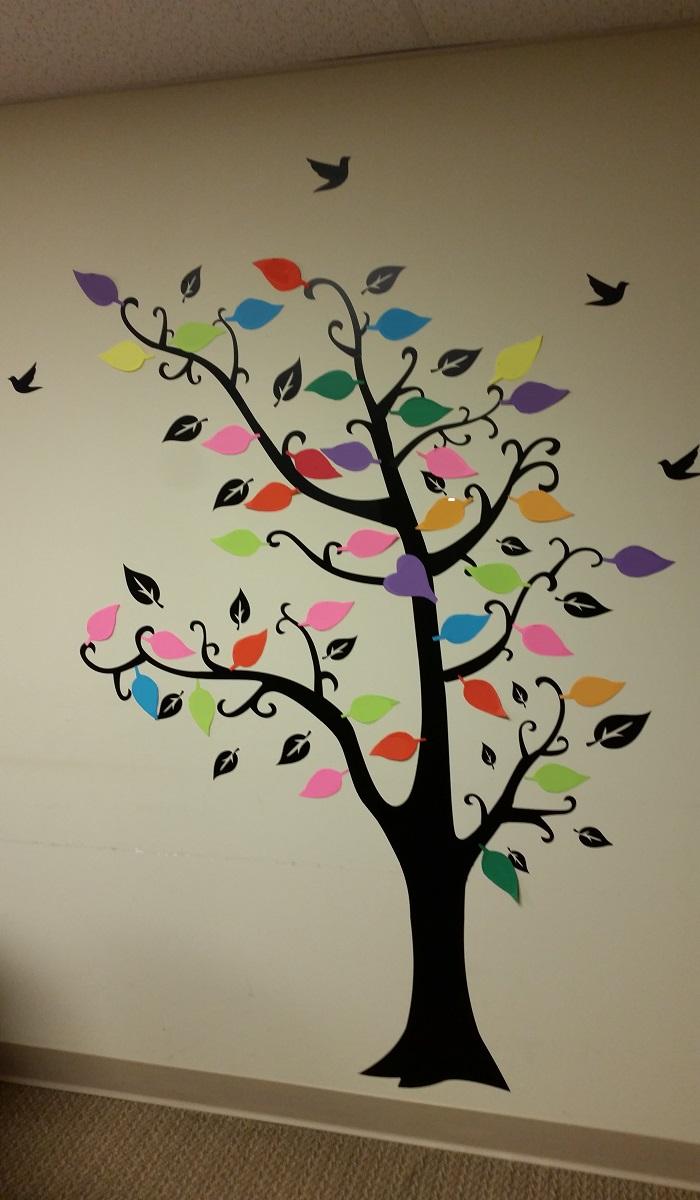We had a problem—we knew it, and we just couldn’t find the right solution. The problem was that we had no time or way to grieve patients' deaths in our outpatient clinic. When a patient would die, some of the staff members would not find out for days or sometimes weeks. This left staff members feeling angry, sad, frustrated, and sometimes embarrassed if a family member would call and that staff member did not know about the patient's passing. In a busy clinic, nurses often hear of a patient's passing as they are getting ready to walk into another patient’s examination room or going to start an IV, which leaves mere seconds for them to acknowledge the death, let alone process the patient’s passing.
We started communicating better at the clinic. Whoever received the call or news that a patient had died would email all of the staff in the clinic. Everyone could now know at the same time. This was helpful as a means of communication; however, finding out in an email that a patient you had cared so deeply for had died was a little shocking (if it was unexpected). Finding out this way became difficult to deal with, particularly if you had a patient walk up to your desk as you were opening the email—I would be receiving sad news and yet also have to be smiling and pleasant to the patient in front of me when all I wanted to do was go into the bathroom and cry for the loss of life.
Next, we brought in a speaker from a local university to help us deal with our grief in our busy clinic setting. The speaker had good ideas, but we just couldn’t figure out ways to implement the ideas as a group in our clinic.
At one of our staff meetings, our deeply caring oncologist asked us to brainstorm how we could better process the loss of our patients as he also admitted that it felt like we didn’t have enough time to grieve a loss. At that point, we agreed to start doing condolence cards as a group. One of our staff eagerly volunteered to head up the task. She obtained the cards, we all signed them ahead of time, and as the calls or email came in, she would address the envelopes after sending out an email to the staff. If it was a patient who you were particularly close to, you could add a personal note and each card ended up on the doctor’s desk allowing him to write a personal note to the family. At that point, each staff member felt like we had started honoring our patients who had fought the cancer battle so valiantly. The process of healing started by remembering, yet as a group, we still felt that it was not enough.
Finally, our local hospice organization came in to see if we needed help with processing our grief as an office. Again, as with the speaker from the university, the suggestions were helpful but not practical in our clinic setting until the hospice nurse mentioned a remember tree. She told us how she had been in a clinic where they had a picture of a leafless tree on a wall so that staff could put patients' names on leaves and place the leaves on the tree to remember them. That was our moment; we knew we could do that! We went on Amazon and purchased a $17 removable wall sticker tree.
When the tree arrived it took us a couple of weeks before we could find the time to put it up in our lunch room. Several of the staff cut out colorful leaves and another staff member placed the names of patients we had lost since January. On the trunk of the tree we placed a cut-out heart with the names of a husband and wife who had died earlier this year.
During the process of placing our beloved patients names on the tree, we talked about each patient. We might remember a funny story about him or her, or we might remember what they loved to do. In placing their names on the tree, we grieved and healing took place. Going forward, we will place a leaf for each patient who passes away. We look at the tree and we remember. In remembering and honoring our patients, our hearts remain tender and compassionate, which in turn enables us to take good care of the living patients we face each day.






